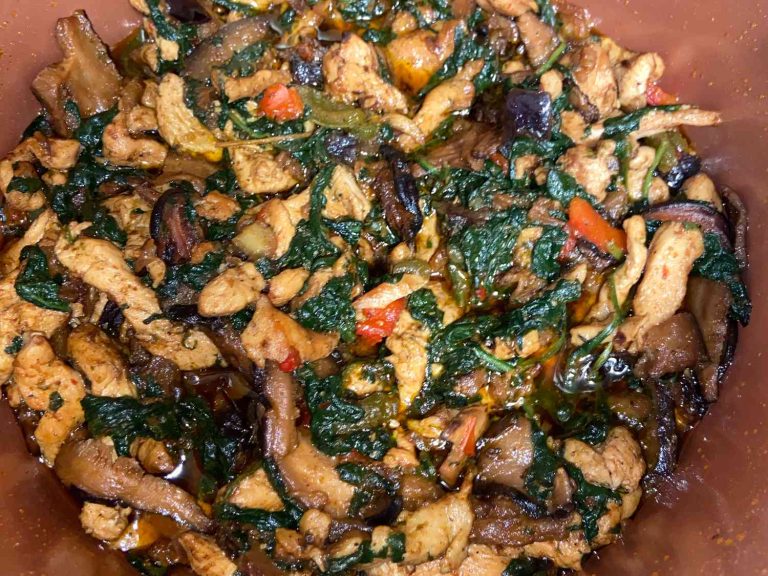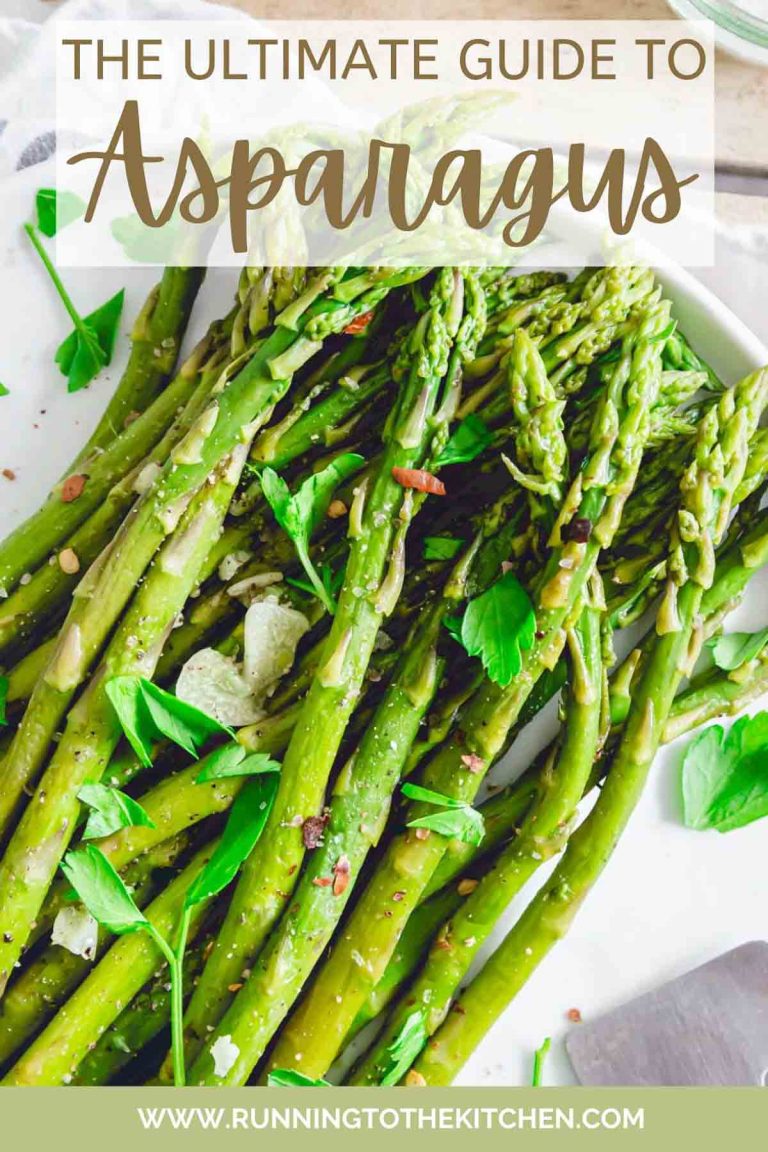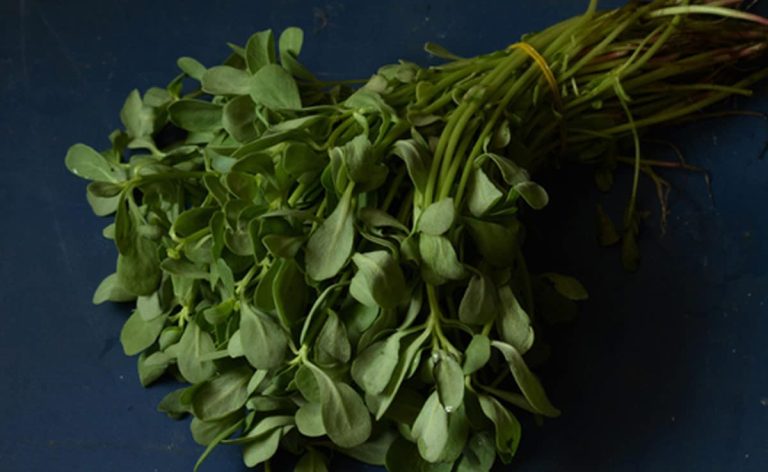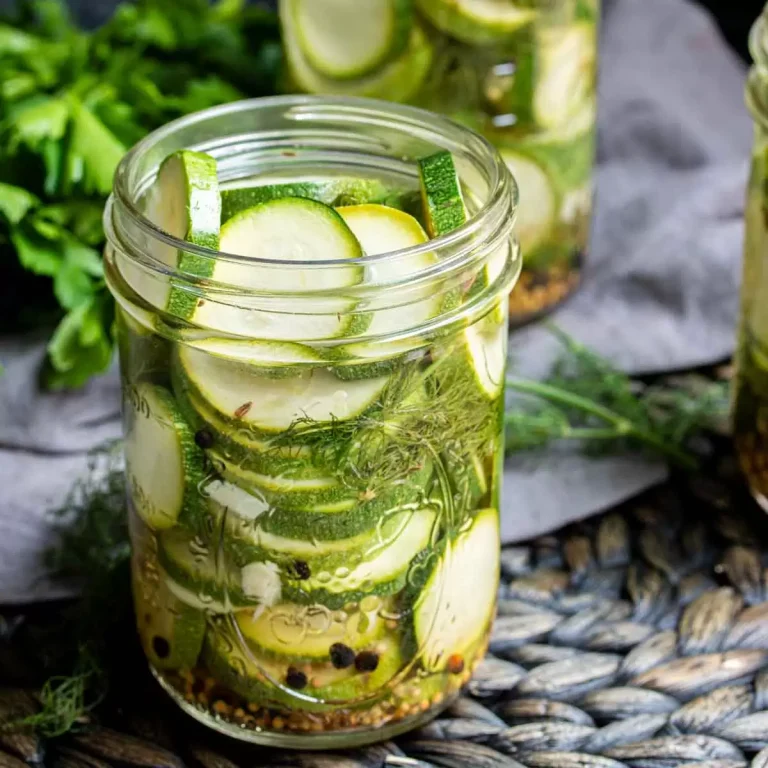Caldo Gallego: A Nutritious Traditional Galician Soup Recipe and Its Cultural Roots
Caldo Gallego has deep roots in the Galicia region of Spain. This traditional soup emerged from the humble cooking traditions of rural Galician communities. Ingredients like potatoes, turnip greens, and chorizo formed the backbone of peasant diets. The dish evolved during the Middle Ages when these rustic ingredients were readily available. Sources like “La Cocina de Siempre” document how Galician families prepared it to stay warm during the colder months. Over time, it became a symbol of Galician identity, with each part of Galicia adding its local spin to the recipe.
Caldo Gallego’s Role in Spanish Festivities
Caldo Gallego plays a significant role in Spanish festivities, especially in Galicia. During celebrations like Día de Galicia on July 25, this dish is often featured on dining tables across the region. Festivals like the Carnival (Entroido) see locals enjoying Caldo Gallego to complement the revelry. In these settings, it serves not just as a meal but as a connection to cultural roots, comfort, and community. Even modern Spanish restaurants feature this traditional soup, highlighting its enduring popularity and cultural value.
Key Ingredients and Variations
Traditional Components of Caldo Gallego
Caldo Gallego features a blend of key ingredients that define its flavor and authenticity. The core components include potatoes, turnip greens, and chorizo. Potatoes add starch, making the soup hearty and filling, while turnip greens impart an earthy flavor that balances the richness of the broth. Chorizo introduces a smoky, spicy taste, enhancing the overall profile of the dish.
Another essential ingredient is pork shoulder or ham hock, which provides depth and meaty richness to the broth. Adding white beans, typically the variety known as “fabes,” gives the soup a creamy texture and complements the other ingredients. If chorizo is unavailable, some variations incorporate other sausages like morcilla or androlla.
Regional Variations Across Spain
Various regions in Spain have their own versions of Caldo Gallego, each adding unique elements to the traditional recipe. In the Lugo area, for example, locals often include cabbage alongside or instead of turnip greens, adding a distinct flavor. In Ourense, you might find versions using cured pork fat to boost the soup’s richness.
Some regions incorporate different legumes like garbanzo beans instead of the standard white beans, altering the dish’s texture and flavor. In coastal areas, seafood variants exist, integrating ingredients like octopus or cod, providing a maritime twist to the traditional land-based recipe.
Special occasions might also influence ingredient choices, with some variations opting for more luxurious components like saffron or high-quality olive oil. These adaptations reflect local tastes and available resources, demonstrating the versatility and enduring appeal of Caldo Gallego across Spain.
Preparing Your Own Caldo Gallego
Step-by-Step Cooking Guide
Follow these steps to create a delicious Caldo Gallego in your home.
- Gather Ingredients: You’ll need potatoes, turnip greens, chorizo, pork shoulder or ham hock, and a few basic seasonings. Choose high-quality ingredients for the best results.
- Prepare Vegetables: Peel and chop potatoes into small cubes. Wash and chop turnip greens or substitute with cabbage if needed.
- Cook Meats: In a large pot, add pork shoulder or ham hock with enough water to cover. Bring to a boil, then simmer for about 90 minutes or until tender. Remove meat and set aside.
- Cook Chorizo: Slice chorizo into thick rounds and add to the pot. Cook for about 10 minutes to release the flavors.
- Add Vegetables: Add potatoes and turnip greens (or cabbage) to the pot. Continue cooking until potatoes are tender, which takes about 25-30 minutes.
- Combine Ingredients: Shred the cooked pork shoulder or ham hock. Return shredded meat to the pot. Simmer for another 10 minutes to marry flavors.
- Season to Taste: Add salt and pepper as needed. Serve hot with crusty bread.
Tips for Authentic Flavor
Achieving an authentic flavor in your Caldo Gallego involves attention to detail.
- Use Traditional Meats: Choose pork shoulder or ham hock and avoid shortcuts with processed meats.
- Fresh Turnip Greens: Whenever possible, use fresh turnip greens or their closest substitutes.
- Spanish Chorizo: Opt for Spanish chorizo due to its distinctive smoked paprika flavor.
- Simmer Slowly: Allowing the soup to simmer slowly lets flavors develop deeply.
- Seasoning Caution: Taste frequently and add seasoning carefully to avoid overpowering the natural flavors.
By following these steps and tips, you can make a hearty and authentic Caldo Gallego that honors its rich tradition.
Pairing and Serving Suggestions
Best Accompaniments
Opt for a crusty Galician bread, like Pan de Cea, to enhance the flavors of Caldo Gallego. Bread’s robust texture pairs well with the soup’s hearty consistency, making it an excellent choice for dipping. For beverages, choose a young, fruity red wine such as Mencía from the Ribeira Sacra region or Albariño, a white wine from Rías Baixas, both complementing the soup’s rich flavors. Another option is Spanish-style cider, offering a refreshing contrast.
To create a more complete meal, consider serving a simple salad on the side. A mix of fresh greens with a light vinaigrette provides a clean, crisp counterpart to the warm, savory soup. Seasonal fruits, like apples and pears, also complement the hearty nature of the dish and add a touch of sweetness to the meal.
Serving Caldo Gallego In Different Seasons
In winter, serve Caldo Gallego piping hot to provide warmth and comfort. The hearty ingredients and broth make it an ideal dish for colder months, offering nutritional sustenance and a cozy dining experience. Use a deep bowl to keep the soup hot longer and garnish with a sprinkle of fresh parsley for added color.
During spring and fall, when temperatures are milder, you can slightly modify the recipe to make it lighter. Reduce the amount of pork and chorizo, focusing more on the greens and beans, creating a version that is still flavorful but not as heavy.
In summer, serve the soup warm, not hot, to avoid overwhelming the palate. Consider pairing it with lighter accompaniments such as a chilled Albariño wine and a side of sliced tomatoes with olive oil and sea salt. This approach keeps the dish refreshing while still honoring its traditional roots.
Nutritional Benefits
Healthful Ingredients
Caldo Gallego includes ingredients known for their health benefits. Turnip greens, kale, and cabbage form the vegetable base, delivering essential vitamins like A, C, and K. High fiber content aids digestion and promotes gut health. White beans provide an excellent protein source, especially for a plant-based nutrition option. These legumes also offer potassium and iron, important for maintaining energy levels and muscle function. Traditional meats, such as ham hock and chorizo, add flavor and essential nutrients. However, you can adjust quantities to suit dietary needs.
Caldo Gallego in a Balanced Diet
Incorporating Caldo Gallego into your diet supports overall wellness if done properly. This traditional soup offers a balanced nutritional profile with protein, fiber, and vitamins. Swapping full-fat chorizo for a leaner alternative cuts saturated fats, benefiting heart health. Choose low-sodium broths to control salt intake. You can pair Caldo Gallego with whole-grain bread for added complex carbohydrates, completing the meal. This soup, rich in traditional and nutritious elements, fits seamlessly into a balanced diet.
Conclusion
Caldo Gallego isn’t just a soup; it’s a culinary experience that connects you with the rich heritage of Galicia. By using fresh, high-quality ingredients and traditional cooking methods, you can recreate this comforting dish in your own kitchen. Whether you’re enjoying it with a slice of Galician bread or pairing it with a glass of Mencía wine, Caldo Gallego offers a hearty and nutritious option for any meal. Adjust the recipe to suit your dietary needs and savor the blend of flavors that make this soup a timeless favorite.






